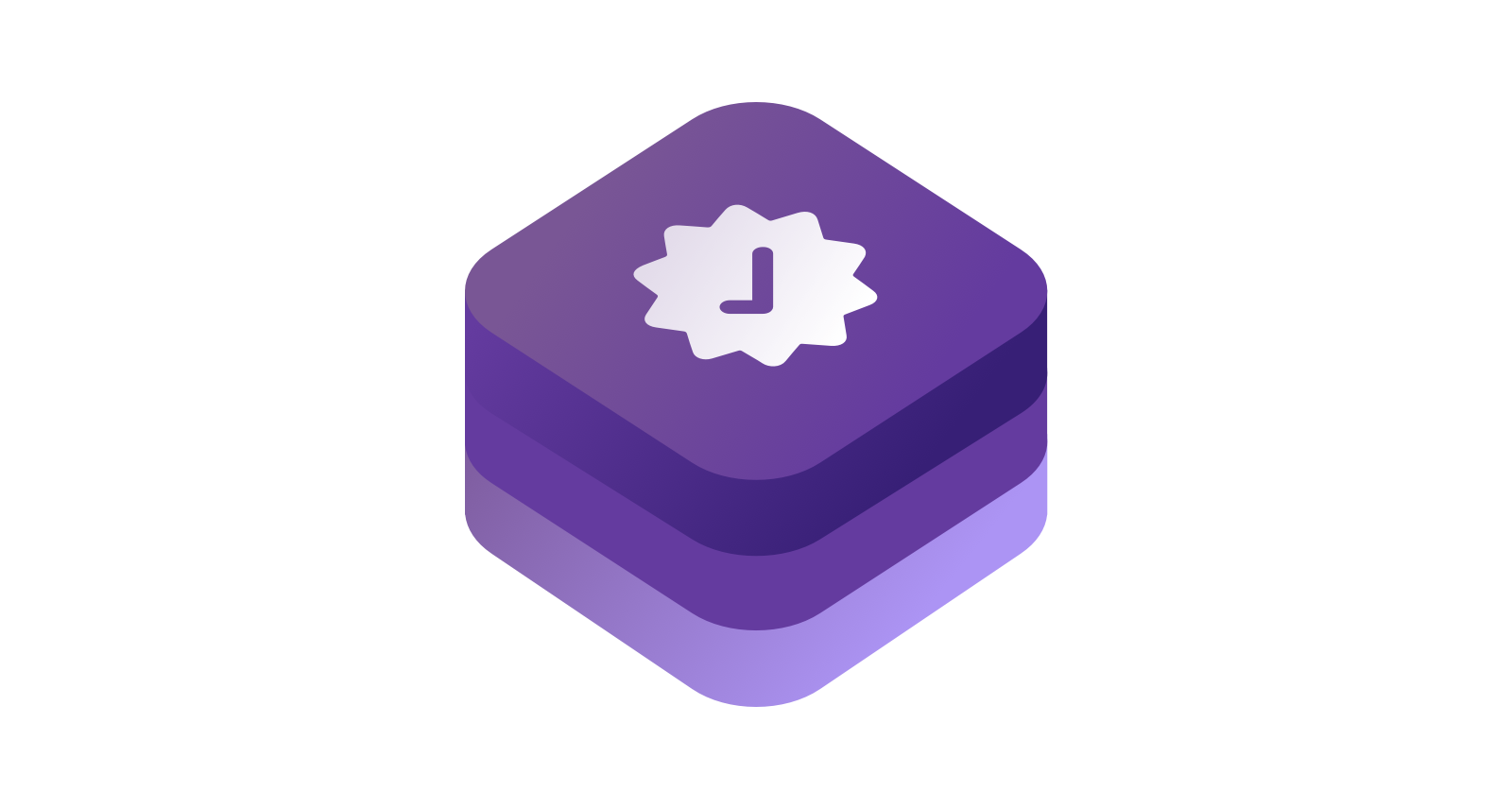Validator is a framework written in Swift that provides functions that can be used to validate the contents of an input value.
- Usage
- Validation Rules
- Custom Validation Rules
- Requirements
- Installation
- Communication
- Contributing
- Author
- License
The package contains two libraries: ValidatorCore encompasses all validation logic and predefined validators, while ValidatorUI implements extensions for integrating the validator into UI objects. It supports both SwiftUI and UIKit.
If you need to validate some data, you can use the Validator object for this purpose as follows:
import ValidatorCore
let validator = Validator()
let result = validator.validate(input: "text", rule: LengthValidationRule(min: 4, error: "error text"))
switch result {
case .valid:
print("text is valid")
case let .invalid(errors):
// handle validation errors
print(errors)
}If you want to validate a user's input data, you can import ValidatorUI and integrate validation logic into UI components. Your UI object must conform to IUIValidatable prototocol that requires to define an inputValue and validateOnInputChange(_:) method.
ValidatorUI supports an extension for convenient integration of the validator into UITextField objects:
import UIKit
import ValidatorUI
import ValidatorCore
class ViewController: UIViewController {
let textField: UITextField = UITextField()
override func viewDidLoad() {
super.viewDidLoad()
/// Adds validation rule to the text field.
textField.add(rule: LengthValidationRule(max: 10, error: "error text"))
/// Enables automatic validation on input change.
textField.validateOnInputChange(isEnabled: true)
/// Handle the validation result.
textField.validationHandler = { result in
switch result {
case .valid:
print("text is valid")
case let .invalid(errors):
print(errors)
}
}
}
/// Setup UITextField ...
}If you need to validate a single field, you can use the validation view extension and handle the validation result in a validation handler:
import SwiftUI
import ValidatorUI
import ValidatorCore
struct ContentView: View {
@State private var text: String = ""
private let validationRules: [any IValidationRule<String>] = [
LengthValidationRule(max: 10, error: "Text error")
]
var body: some View {
VStack {
TextField("Text", text: $text)
.validation($text, rules: validationRules) { result in
// Handle a validation result here
}
}
}
}You can also use a view modifier where you can pass an error view:
import SwiftUI
import ValidatorUI
import ValidatorCore
struct ContentView: View {
@State private var text: String = ""
private let validationRules: [any IValidationRule<String>] = [
LengthValidationRule(max: 10, error: "Text error")
]
var body: some View {
VStack {
TextField("Text", text: $text)
.validate(item: $text, rules: validationRules) { errors in
Text("Text is bigger than 10 characters")
}
}
}
}ValidatorUI supports form validation. If your screen contains a number of input fields and you want to handle validation results in one place, you can use a validation form manager as follows:
import SwiftUI
import ValidatorUI
import ValidatorCore
class Form: ObservableObject {
@Published
var manager = FormFieldManager()
@FormField(rules: [LengthValidationRule(max: 20, error: "The first name is very long")])
var firstName: String = ""
@FormField(rules: [LengthValidationRule(min: 5, error: "The last name is too short")])
var lastName: String = ""
lazy var firstNameValidationContainer = _firstName.validate(manager: manager)
lazy var lastNameValidationContainer = _lastName.validate(manager: manager)
}
struct ContentView: View {
@ObservedObject private var form = Form()
var body: some View {
VStack {
TextField("First Name", text: $form.firstName)
.validate(validationContainer: form.firstNameValidationContainer) { errors in
Text(errors.map { $0.message }.joined(separator: " "))
}
TextField("Last Name", text: $form.lastName)
.validate(validationContainer: form.lastNameValidationContainer) { errors in
Text(errors.map { $0.message }.joined(separator: " "))
}
Button(action: { self.form.manager.validate() }, label: { Text("Validate") })
Spacer()
}
.onReceive(
form.manager.$isValid,
perform: { value in
if value {
print("The form's fields are valid")
} else {
print("The form's fields aren't valid")
}
}
)
}
}| Validator | Description |
|---|---|
| LengthValidationRule | To validate whether a string is matching a specific length |
| NonEmptyValidationRule | To validate whether a string is empty or blank |
| PrefixValidationRule | To validate whether a string contains a prefix |
| SuffixValidationRule | To validate whether a string contains a suffix |
| RegexValidationRule | To validate if a pattern is matched |
To implement a custom validation rule, you can conform to the IValidationRule protocol, which requires defining a validation type and implementing validation logic. For example:
/// A non empty validation rule.
public struct NonEmptyValidationRule: IValidationRule {
// MARK: Types
public typealias Input = String
// MARK: Properties
/// The validation error.
public let error: IValidationError
// MARK: Initialization
public init(error: IValidationError) {
self.error = error
}
// MARK: IValidationRule
public func validate(input: String) -> Bool {
!input.isEmpty
}
}- iOS 16.0+ / macOS 13+ / tvOS 16.0+ / watchOS 9.0+
- Xcode 14.0
- Swift 5.7
The Swift Package Manager is a tool for automating the distribution of Swift code and is integrated into the swift compiler. It is in early development, but validator does support its use on supported platforms.
Once you have your Swift package set up, adding validator as a dependency is as easy as adding it to the dependencies value of your Package.swift.
dependencies: [
.package(url: "https://github.com/space-code/validator.git", .upToNextMajor(from: "1.1.0"))
]- If you found a bug, open an issue.
- If you have a feature request, open an issue.
- If you want to contribute, submit a pull request.
Bootstrapping development environment
make bootstrap
Please feel free to help out with this project! If you see something that could be made better or want a new feature, open up an issue or send a Pull Request!
Nikita Vasilev, [email protected]
validator is available under the MIT license. See the LICENSE file for more info.




